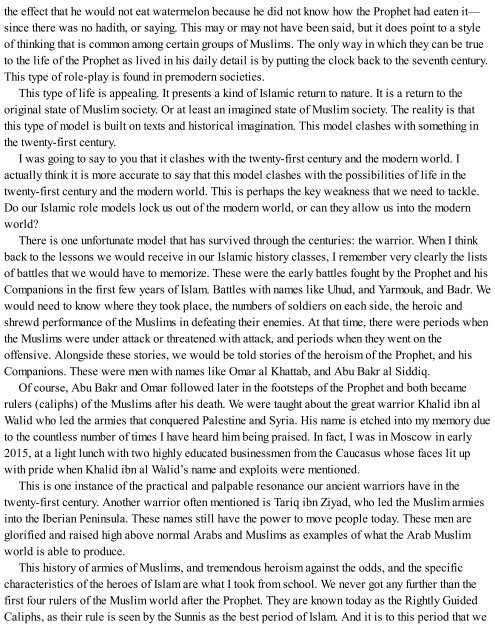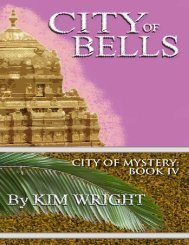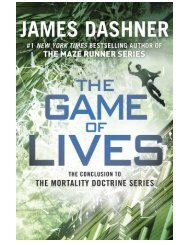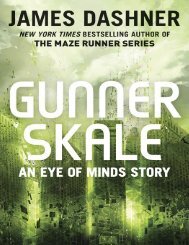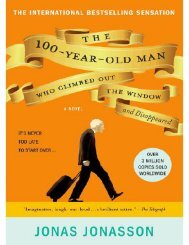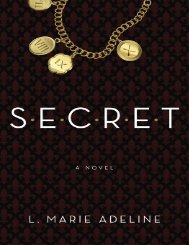1250119847
You also want an ePaper? Increase the reach of your titles
YUMPU automatically turns print PDFs into web optimized ePapers that Google loves.
the effect that he would not eat watermelon because he did not know how the Prophet had eaten it—<br />
since there was no hadith, or saying. This may or may not have been said, but it does point to a style<br />
of thinking that is common among certain groups of Muslims. The only way in which they can be true<br />
to the life of the Prophet as lived in his daily detail is by putting the clock back to the seventh century.<br />
This type of role-play is found in premodern societies.<br />
This type of life is appealing. It presents a kind of Islamic return to nature. It is a return to the<br />
original state of Muslim society. Or at least an imagined state of Muslim society. The reality is that<br />
this type of model is built on texts and historical imagination. This model clashes with something in<br />
the twenty-first century.<br />
I was going to say to you that it clashes with the twenty-first century and the modern world. I<br />
actually think it is more accurate to say that this model clashes with the possibilities of life in the<br />
twenty-first century and the modern world. This is perhaps the key weakness that we need to tackle.<br />
Do our Islamic role models lock us out of the modern world, or can they allow us into the modern<br />
world?<br />
There is one unfortunate model that has survived through the centuries: the warrior. When I think<br />
back to the lessons we would receive in our Islamic history classes, I remember very clearly the lists<br />
of battles that we would have to memorize. These were the early battles fought by the Prophet and his<br />
Companions in the first few years of Islam. Battles with names like Uhud, and Yarmouk, and Badr. We<br />
would need to know where they took place, the numbers of soldiers on each side, the heroic and<br />
shrewd performance of the Muslims in defeating their enemies. At that time, there were periods when<br />
the Muslims were under attack or threatened with attack, and periods when they went on the<br />
offensive. Alongside these stories, we would be told stories of the heroism of the Prophet, and his<br />
Companions. These were men with names like Omar al Khattab, and Abu Bakr al Siddiq.<br />
Of course, Abu Bakr and Omar followed later in the footsteps of the Prophet and both became<br />
rulers (caliphs) of the Muslims after his death. We were taught about the great warrior Khalid ibn al<br />
Walid who led the armies that conquered Palestine and Syria. His name is etched into my memory due<br />
to the countless number of times I have heard him being praised. In fact, I was in Moscow in early<br />
2015, at a light lunch with two highly educated businessmen from the Caucasus whose faces lit up<br />
with pride when Khalid ibn al Walid’s name and exploits were mentioned.<br />
This is one instance of the practical and palpable resonance our ancient warriors have in the<br />
twenty-first century. Another warrior often mentioned is Tariq ibn Ziyad, who led the Muslim armies<br />
into the Iberian Peninsula. These names still have the power to move people today. These men are<br />
glorified and raised high above normal Arabs and Muslims as examples of what the Arab Muslim<br />
world is able to produce.<br />
This history of armies of Muslims, and tremendous heroism against the odds, and the specific<br />
characteristics of the heroes of Islam are what I took from school. We never got any further than the<br />
first four rulers of the Muslim world after the Prophet. They are known today as the Rightly Guided<br />
Caliphs, as their rule is seen by the Sunnis as the best period of Islam. And it is to this period that we


